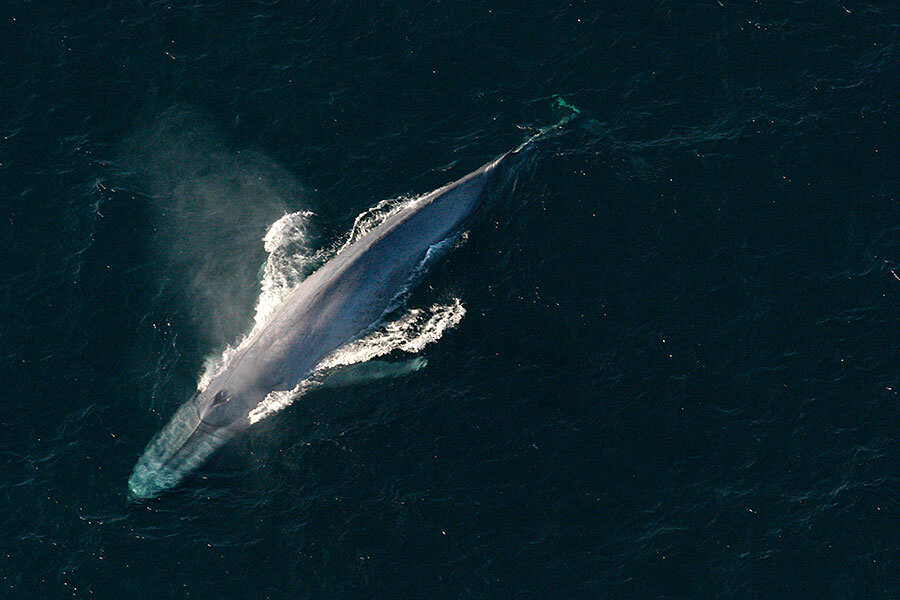How do blue whales get so big? By being picky eaters, say scientists.
Loading...
| Washington
The blue whale is the largest creature on Earth and perhaps the biggest that ever lived, so it is no surprise it has a huge appetite. But the strategies this behemoth uses to get enough food has not been well understood - until now.
Scientists said on Friday a study of blue whales off California's coast that used tags to track their movements and their prey, tiny shrimp-like crustaceans called krill, showed these marine mammals are not indiscriminate grazers as long thought.
Instead, they feed more intensely when krill density is high but avoid doing so when there is lesskrill in order to save oxygen for future dives.
"We found that blue whales have a complex strategy of switching from conserving oxygen when prey quality is low, to intense foraging at the expense of oxygen when prey quality is high," said research ecologist Elliott Hazen of the U.S. National Oceanic and Atmospheric Administration Fisheries' Southwest Fisheries Science Center and the University of California Santa Cruz.
Blue whales are filter-feeders, using baleen plates in the mouth made of keratin, also found in people's fingernails, to strain krill from ocean water.
When lunge-feeding, the whale accelerates and opens its mouth, taking in a volume of prey-laden water up to 130 percent of its weight. Its throat distends, filling with water, and then it uses throat muscles and its tongue to force water out of its mouth through baleen plates that act as a sieve to keep the krill.
Blue whales eat up to around four tons of krill daily.
"The whales are much more actively assessing their environment and taking advantage of prey in ways that were unknown before, to maximize energy gain," added ecologist Ari Friedlaender of Oregon State University's Marine Mammal Institute.
The study included information from more than 50 whales, using tags applied via suction cups and data on prey.
Blue whales, found in all the world's oceans, are listed as endangered thanks to 20th century whaling that drove them nearly to extinction. There are about 10,000 worldwide. They reach up to about 98 feet (30 meters) long and 180 tons.
"Blue whales face a gauntlet of risks in the ocean from ship-strikes to human noise, and for an animal living on the knife-edge these dense patches of prey are critical to put on mass and ultimately reproduce," Hazen said.
The research appears in the journal Science Advances. (Reporting by Will Dunham; Editing by Sandra Maler)





